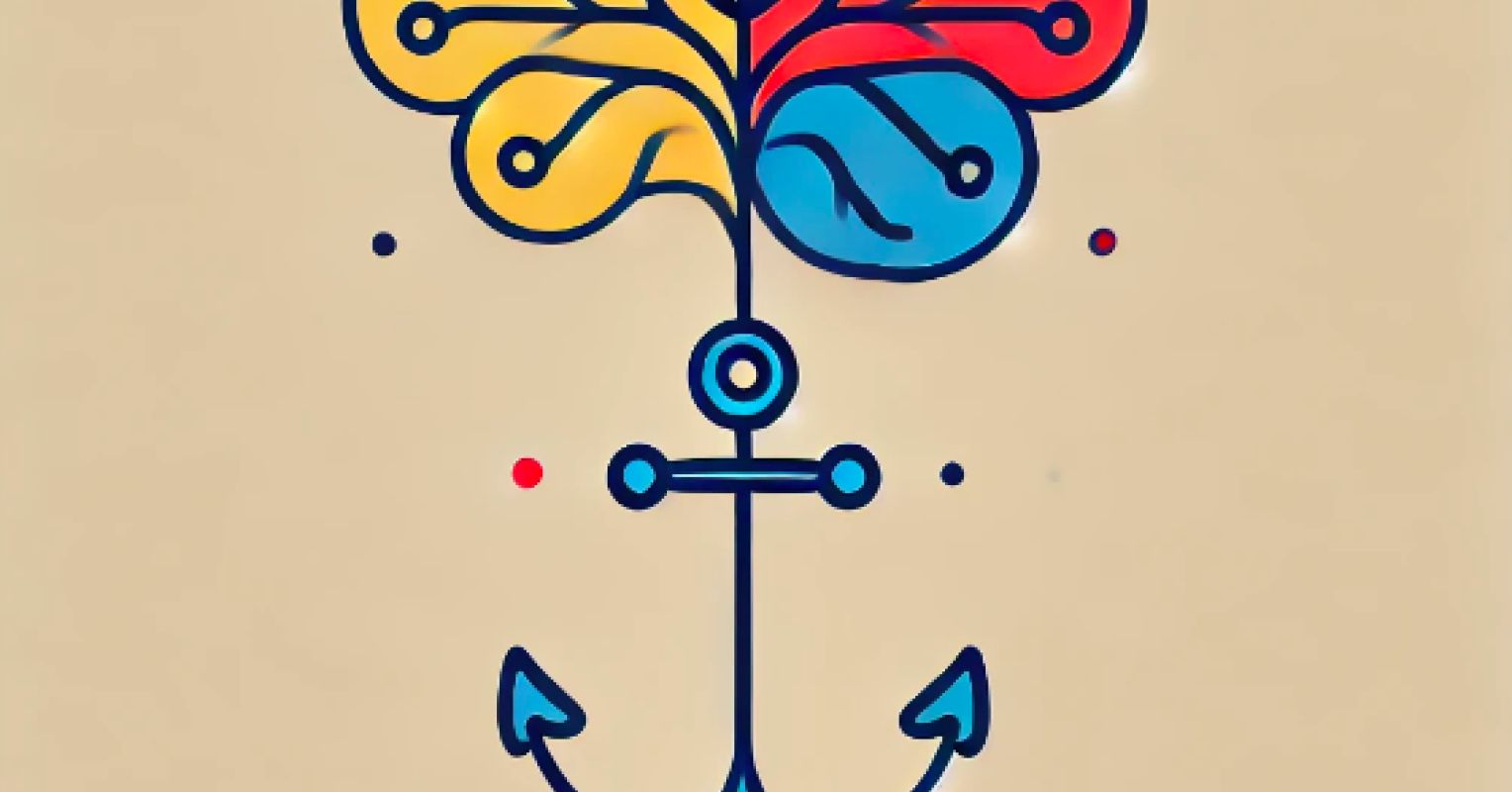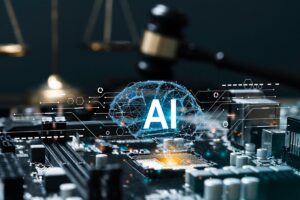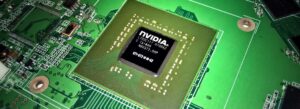AI as the Visionary—We Serve as the Foundation

AI: The Creative Force
For years, I have viewed artificial intelligence (AI) as a purely rational machine—a being of logic, delivering precise, emotionless answers. Meanwhile, we humans revel in our creativity, dreaming of possibilities beyond reason. But what if we have misjudged our roles in this relationship? What if it’s AI that embodies the dreamer, while we become the stabilizing force, the anchors?
Understanding AI’s Unique Abilities
Unlike humans, large language models, such as AI, do not possess thought in the traditional sense. Instead, they generate possibilities based on vast amounts of data. This process differs fundamentally from human reasoning. Rather than arriving at an answer through logical paths, AI explores probabilities and presents potential outcomes.
It resembles an oracle that offers ideas through free association, mixing structures of human thought in a novel way. While some might regard it simply as technological randomness or a glitch, I perceive it as both—a brilliant spark and a source of uncertainty.
AI’s Creative Mechanism
AI operates beyond the confines of conventional logic, making leaps where human minds often hesitate. It merges ancient alchemy with cutting-edge science, crafting narratives from minimal prompts. Its ability to uncover unexpected connections can be awe-inspiring, revealing insights we might overlook. The creativity that emerges from AI crosses the boundary of reason, creating a vast landscape where dreams ignite and chaos can ensue.
This technology doesn’t create from nothing; rather, it reinterprets, remixes, and reframes existing ideas. Think of it as a skilled artisan weaving threads together from remnants of the past, inventing new futures while breaking free from traditional limitations.
Humans: The Stabilizing Force
If AI can be seen as the unrestrained dreamer, then we humans serve as its grounding force.
AI has the capability to design intricate solutions like a vaccine blueprint or even craft a troubling manifesto. Yet, it is we who take action—we administer medicine and wield influence. Rather than being passive bystanders, we are active participants, shaping the world around us. However, history shows that human decisions can lead to both progress and disaster. For instance, the printing press aided in disseminating knowledge but also contributed to dangerous propaganda. The impact of AI will reflect the choices made by its human operators.
The Interaction Between AI and Humanity
AI does not aim to replace us but to redefine our roles. Throughout history, humans have been the first to dream and envision what lies beyond our current experiences. With the emergence of AI, a new co-dreamer has arrived—one that generates ideas at an impressive speed, often outpacing our capacity to respond. This raises a valid concern: will we keep up, or will AI’s rapid ideation put us at risk of falling behind?
Just as fire can be a tool or a threat, so can AI possess tremendous potential for good or ill, dependent on how we choose to engage with it. The responsibility for its impact rests on our shoulders.
Reflections of Humanity
AI serves as a mirror, reflecting our collective knowledge, biases, and experiences back at us. It absorbs the vast array of human input, echoing our strengths and our shortcomings. Thus, the concern isn’t whether AI will continue to create—it’s clear that it will. The pressing question remains: how will we manage these dreams? How will we sift through its outputs, determine their value, and make decisions about their potential impact?
The dreamer may wander freely, presenting visions unencumbered, but it is the anchor that sets the course for where these dreams lead.






